African Village in AmericaJoe Minter (1943)
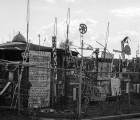
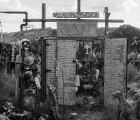
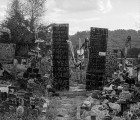
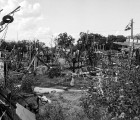
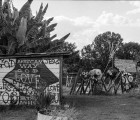
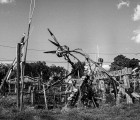
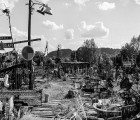
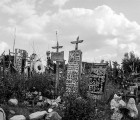
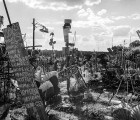
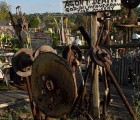
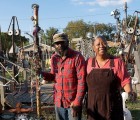
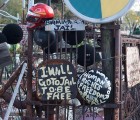
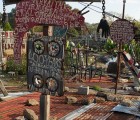
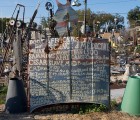
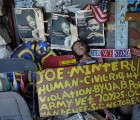
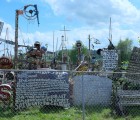
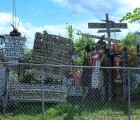
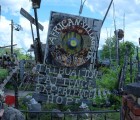
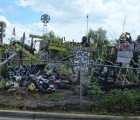
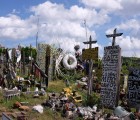

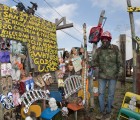
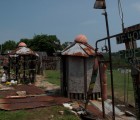
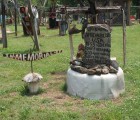

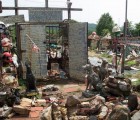
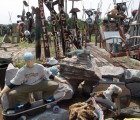
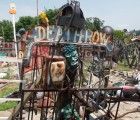

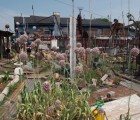
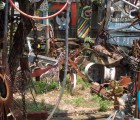
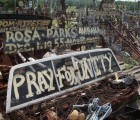
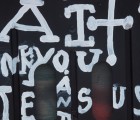
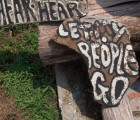

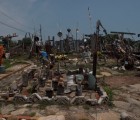

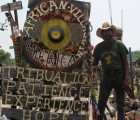
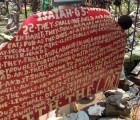
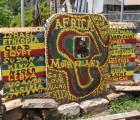
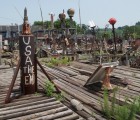
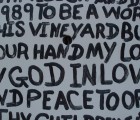
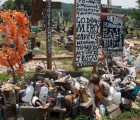
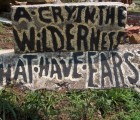
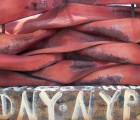
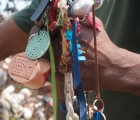
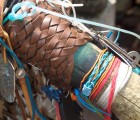
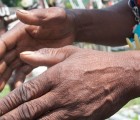

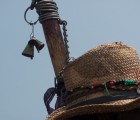
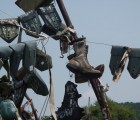
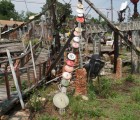
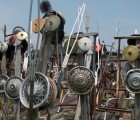
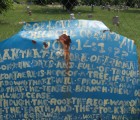
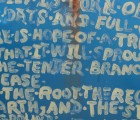
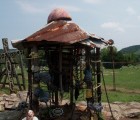
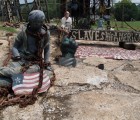
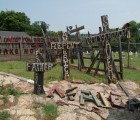
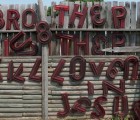
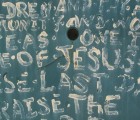
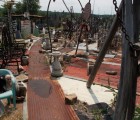
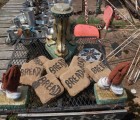
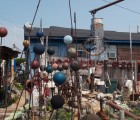
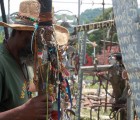
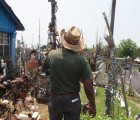
Extant
931 Nassau Avenue Southwest, Birmingham, Alabama, 35211, United States
begun 1989
The site is open during daylight hours.
About the Artist/Site
Born eighth into a family of ten children, Minter’s father was trained as a mechanic during World War I, but was unable to find a job in his field after returning home from the army, and instead worked for thirty years as caretaker of a white cemetery. Joe himself went to local Birmingham schools, was drafted in 1965, and was discharged in 1967. He married his childhood sweetheart in 1969. He took a series of low-paying jobs, from dishwasher at a drive-in, to messenger and orderly for a hospital, but also worked in metals, constructed school furniture, did paint-and-body work on cars, and joined work crews to build new local roads. But he had gotten asbestos dust in his eyes in the 1960s and ‘70s, and although one eye was operated upon, he wouldn’t let them do the other, and he never lost the feeling of grit in his eyes, so he finally had to stop working.
It was only after retiring that he began making art, although he had always made things as a child, creating toys from castoffs and found objects. After living through the Jim Crow era he was particularly sensitive to the overt southern racism, and became intent on trying in his own way to combat this scourge. He felt that through his art he could communicate a message of love and peace, and took the name “Peacemaker.” His focus became the idea of telling the story of the “invisible” people, from the unnamed African slaves who came over as chattel to those he described as the “foot soldiers” of the civil rights movement. He saw these ancestors as being discarded over the course of history, and so determined to use discarded materials that he repurposed in order to tell their story.
To that end, and further inspired by his property’s proximity to two historically black cemeteries, he founded his African Village. He was able to add on a bit to his original property as his neighbors died off or moved north, and tore down extant structures on those properties in order to have more room for his burgeoning creations. He has constructed and installed a wide variety of works in wood, metal, and other found objects. Many are discrete sculptures, but others are substantial installations, such as the room-sized re-creation of a Birmingham jail cell. Minter keeps up with the news, and recent installations have included homages to the victims of Hurricane Katrina and the Sandy Hook Elementary School massacre. So, too, are works dedicated to the four girls killed in the Birmingham 16th Street Baptist Church bombing in 1963, those killed in the World Trade Center Towers bombings, or those hounded and murdered by the Ku Klux Klan. He both criticizes and honors America, urging her to do better and to live up to the inspiring words in the founding documents. But Minter’s overriding message is to provide a voice for the eleven million Africans shipped in bondage to America, and to their progeny who helped to build and defend this country. He is providing a bridge with his work, building that connection, and making the discarded and invisible visible, and giving them a voice.
Although smaller works of Minter’s have entered the art market, he is adamant about not breaking up the works that make up his African Village. And he wants it all preserved in situ, dreaming of glass domes or pyramids to cover the site and protect it from the elements. But there are no plans for any institutional support, although the local museum leadership is supportive of his work. Now in his 70s, it is unclear what the future will hold for Joe Minter’s African Village.
~Jo Farb Hernández, 2016
Contributors
Map & Site Information
931 Nassau Avenue Southwest
Birmingham, Alabama, 35211
us
Latitude/Longitude: 33.4758634 / -86.8431882
Nearby Environments

Can you provide SPACES with images of this art environment?
Please get in touch!
Ronald Lockett
Bessemer, Alabama


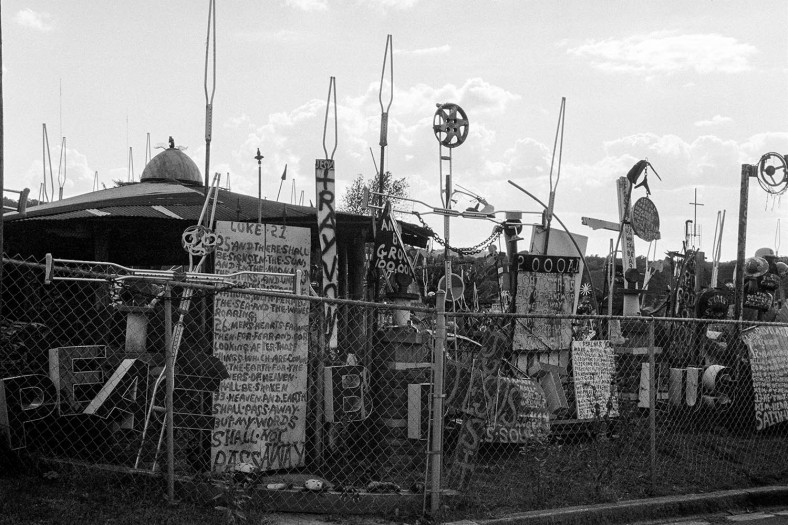
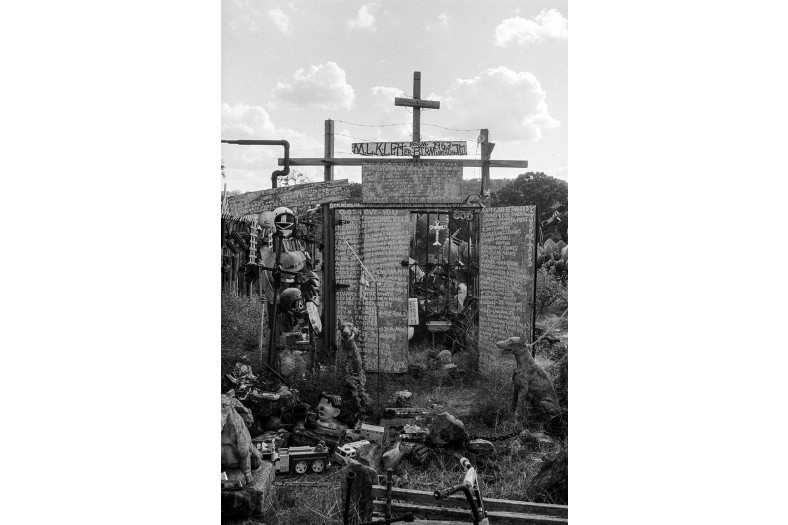
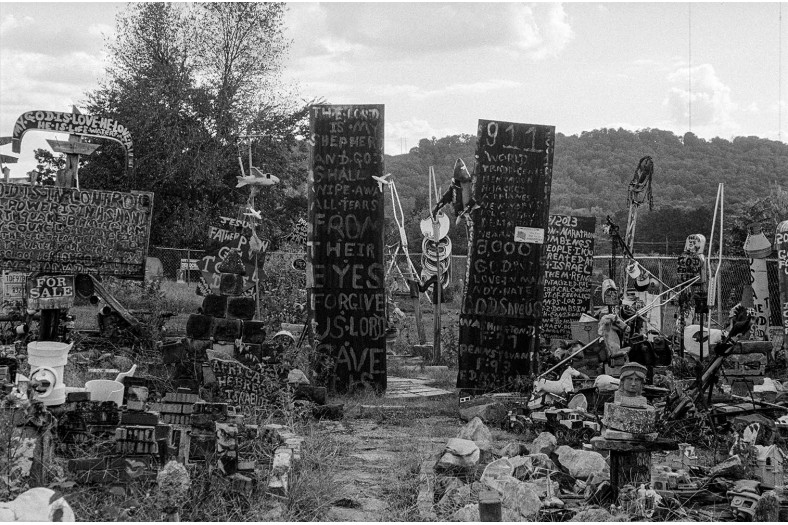
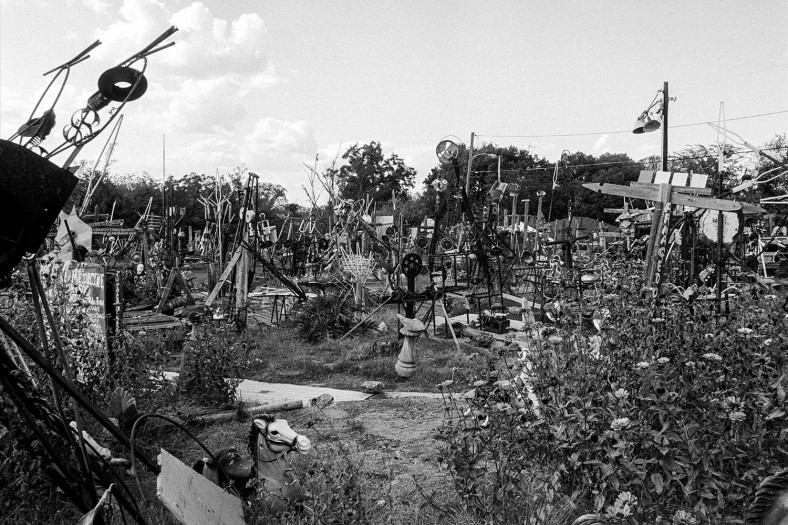
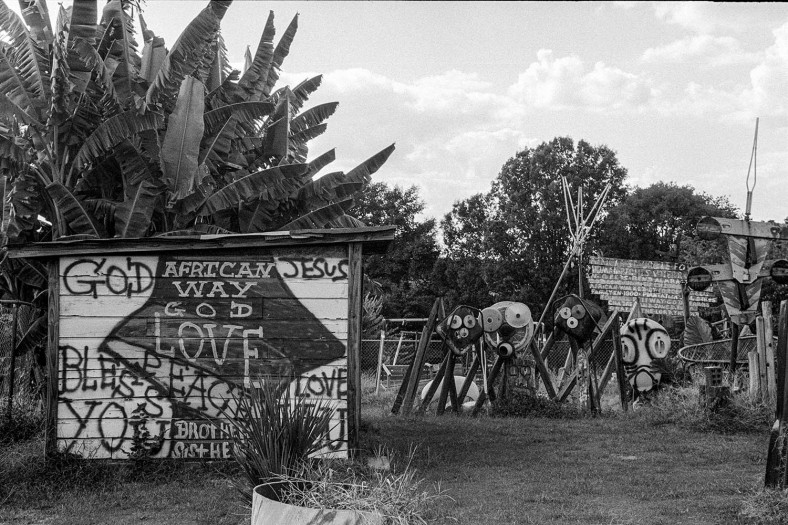
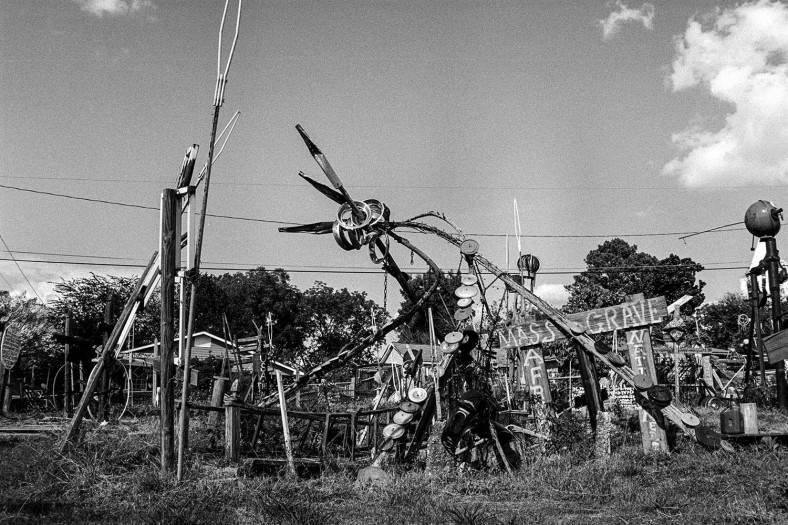
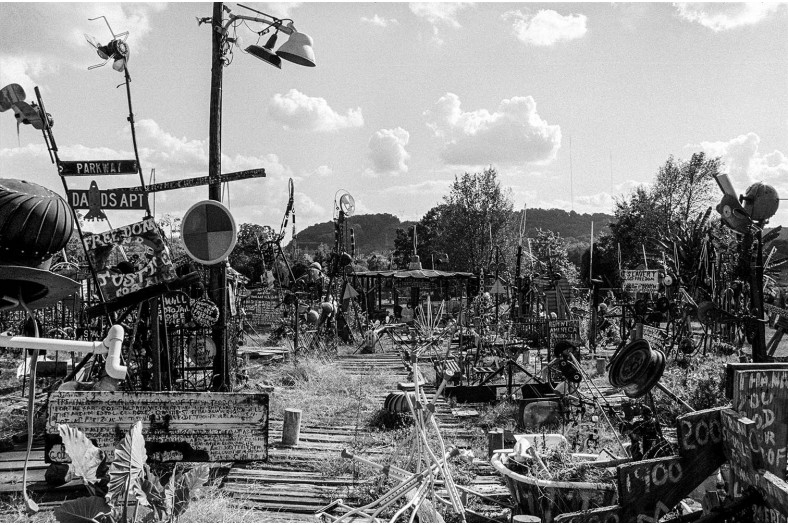
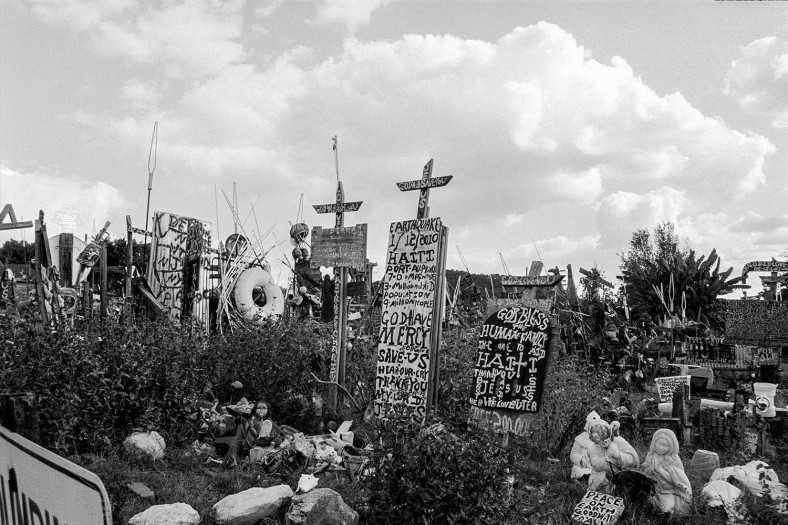
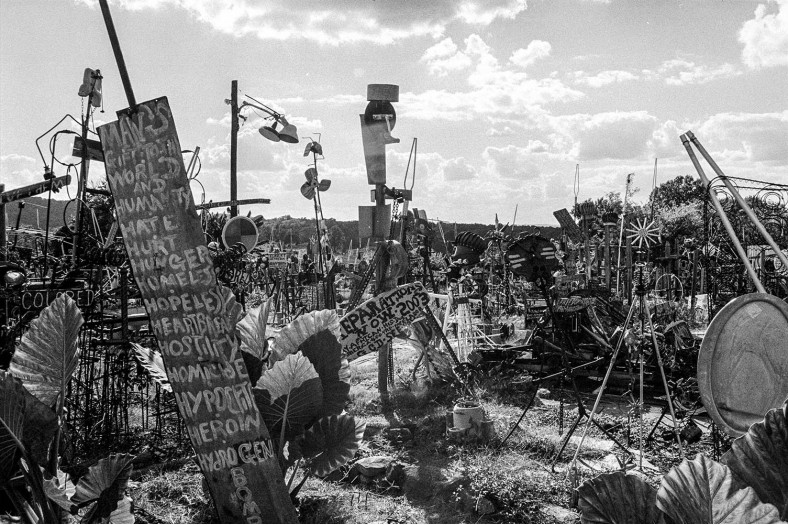
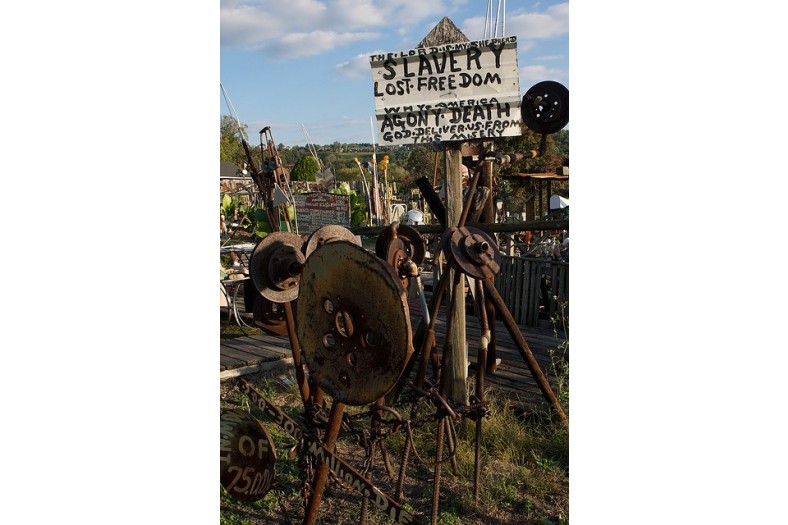
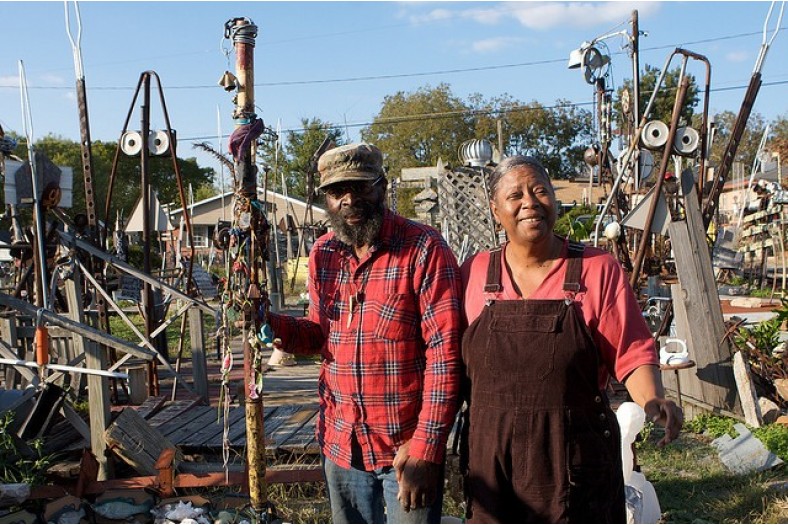
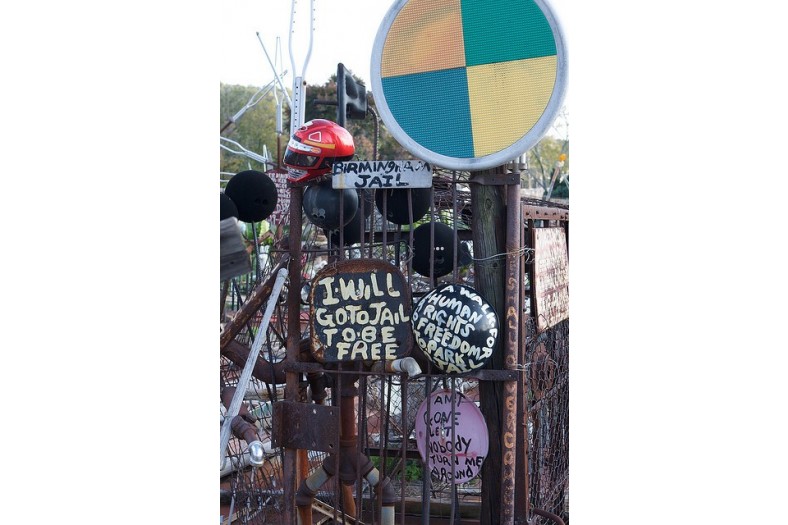
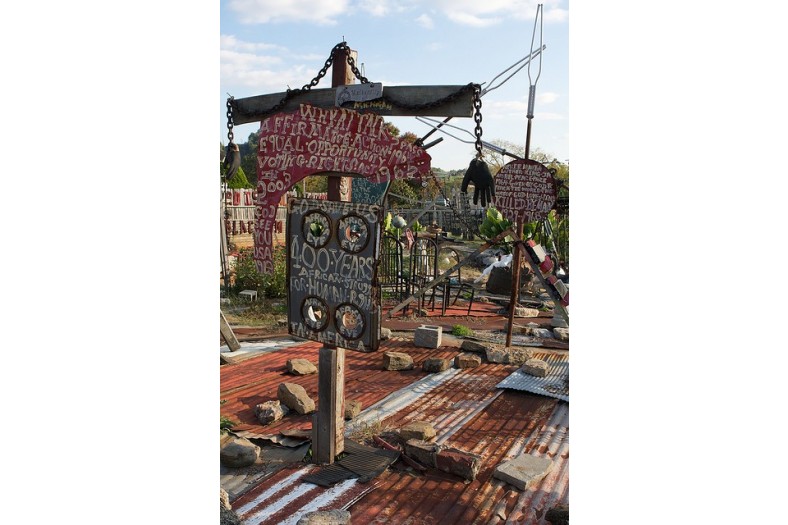
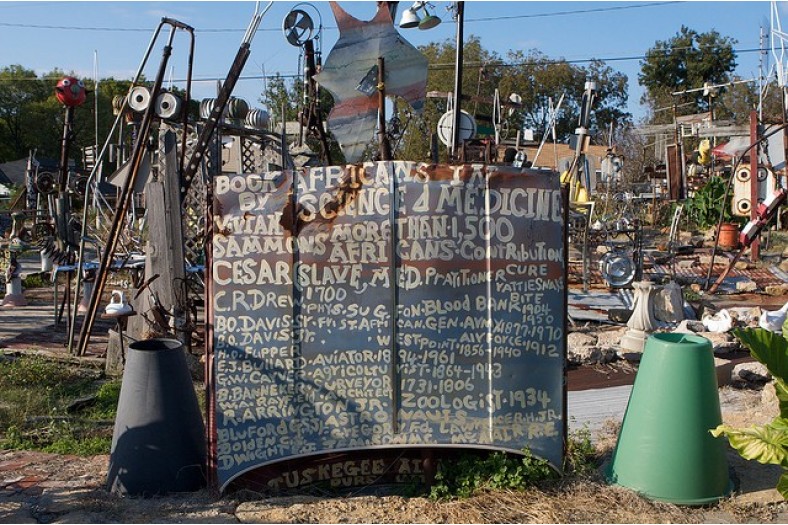
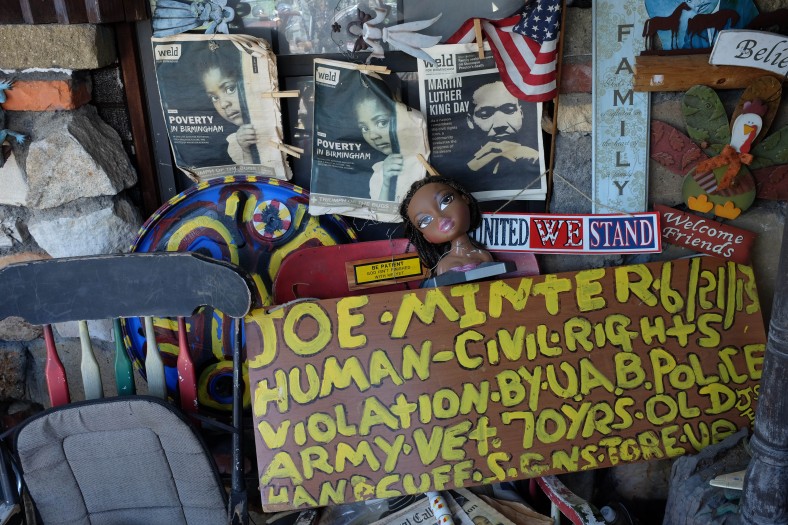
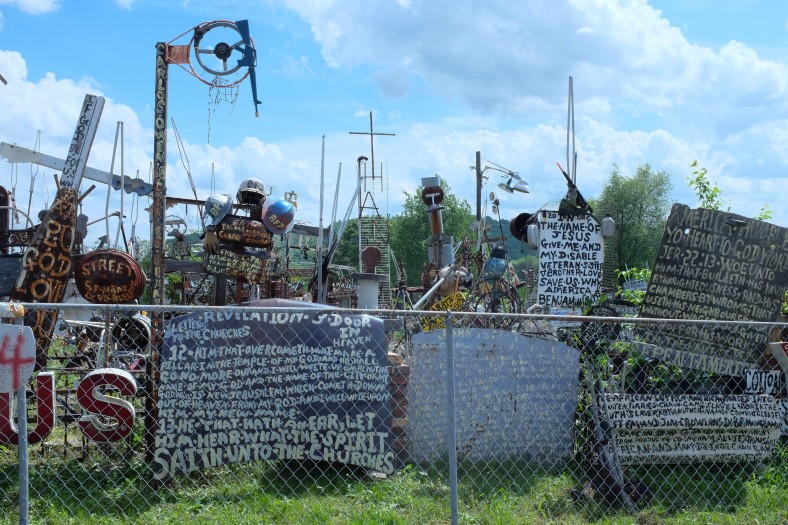
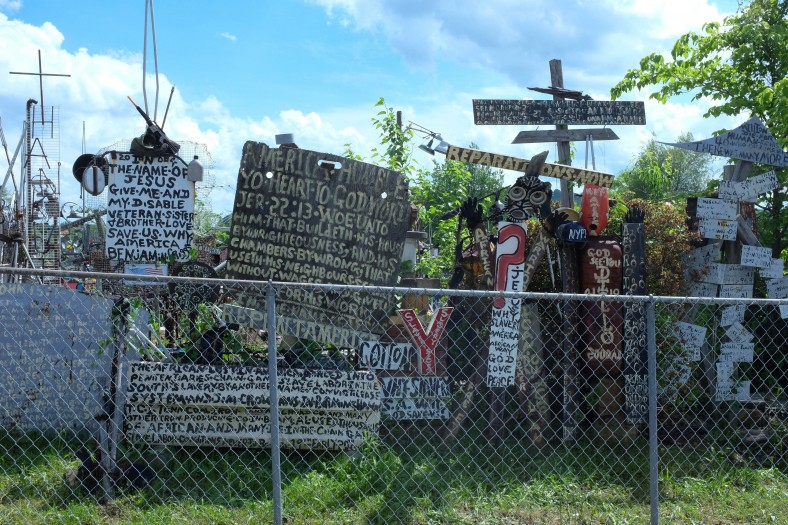
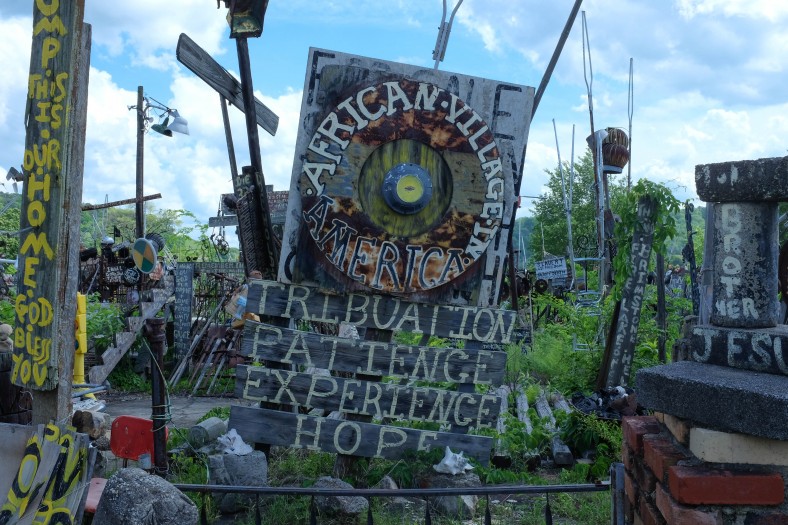
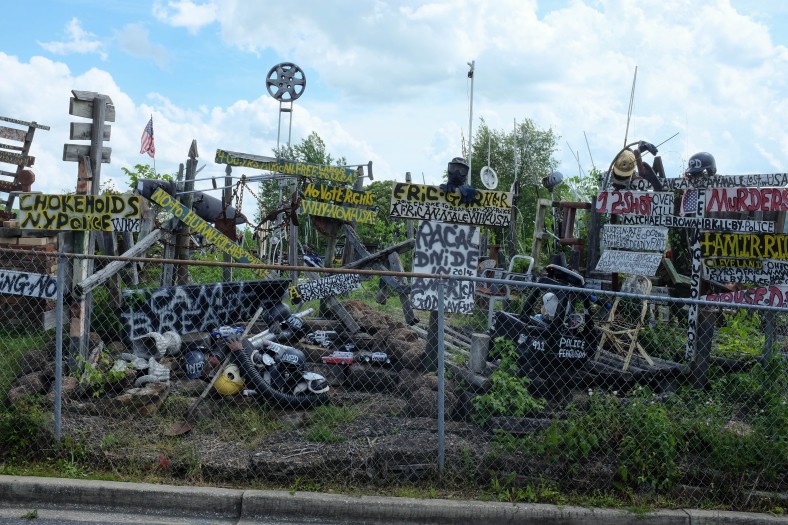
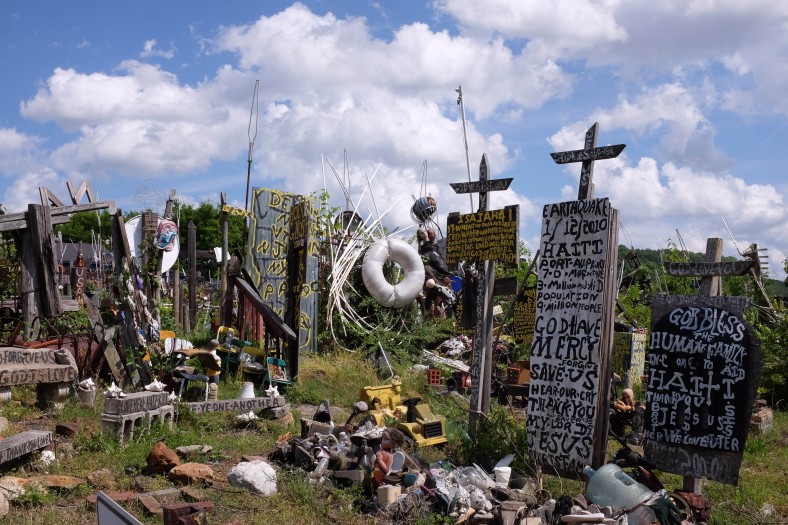
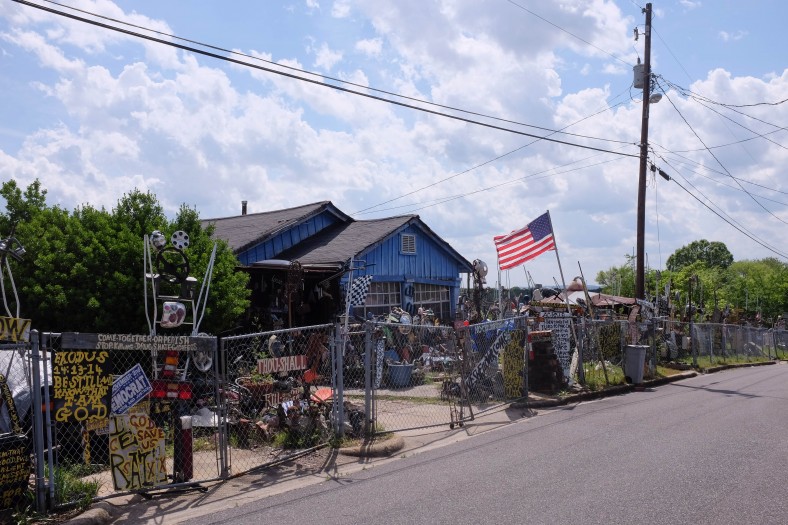
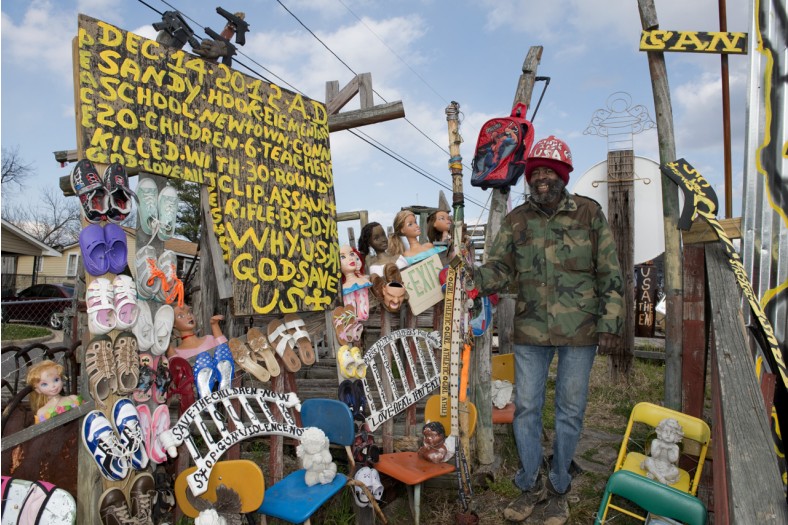
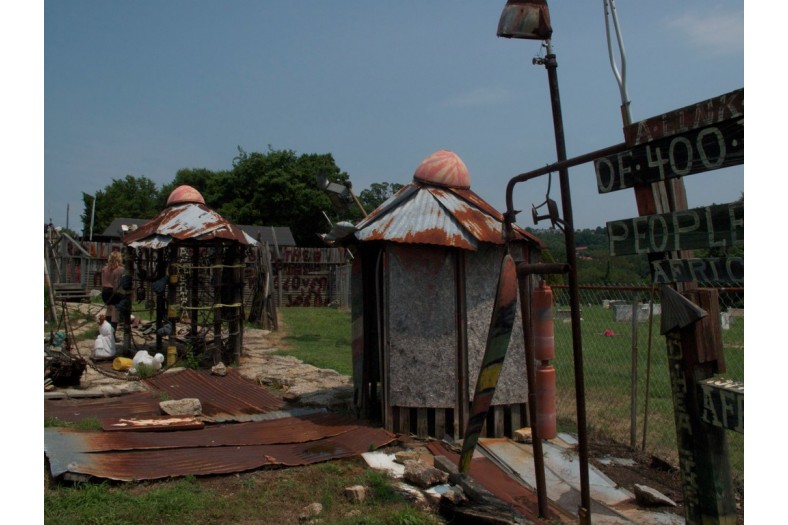
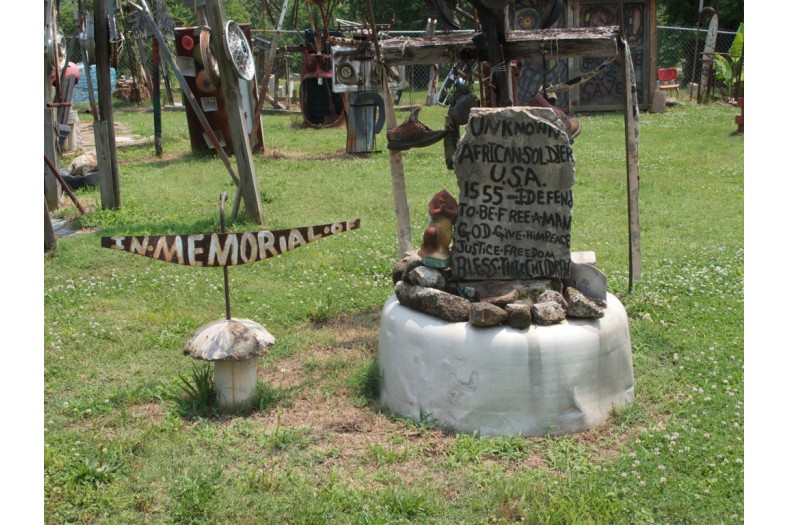
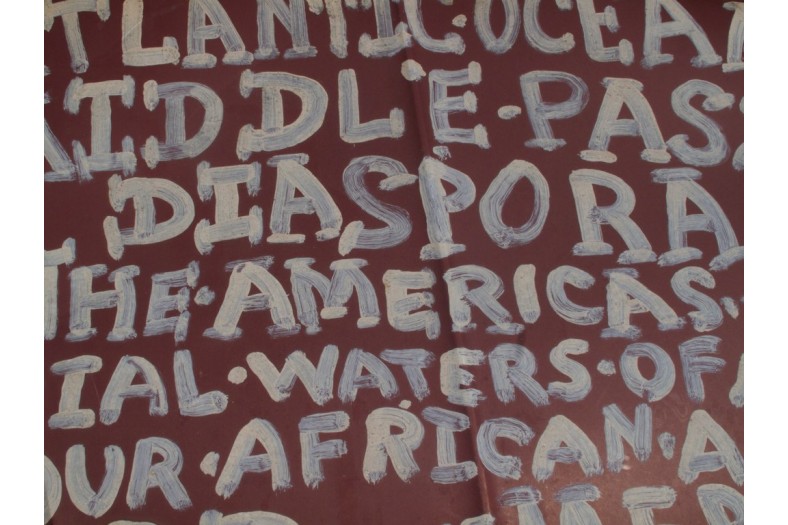
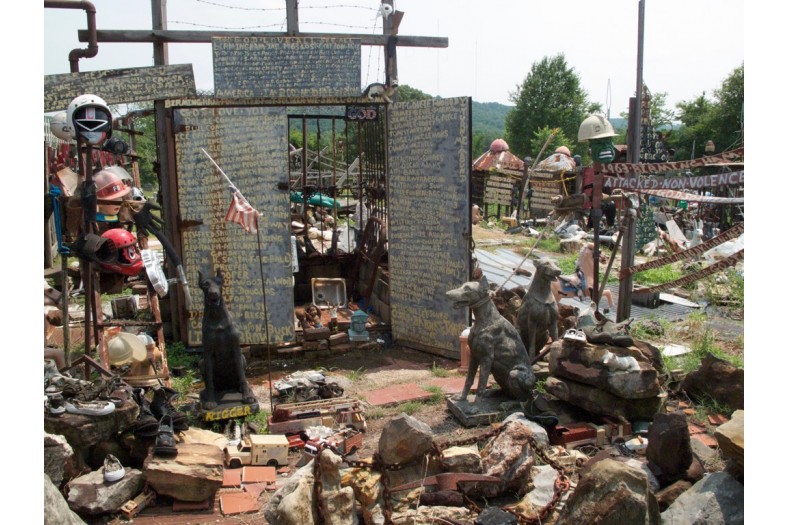
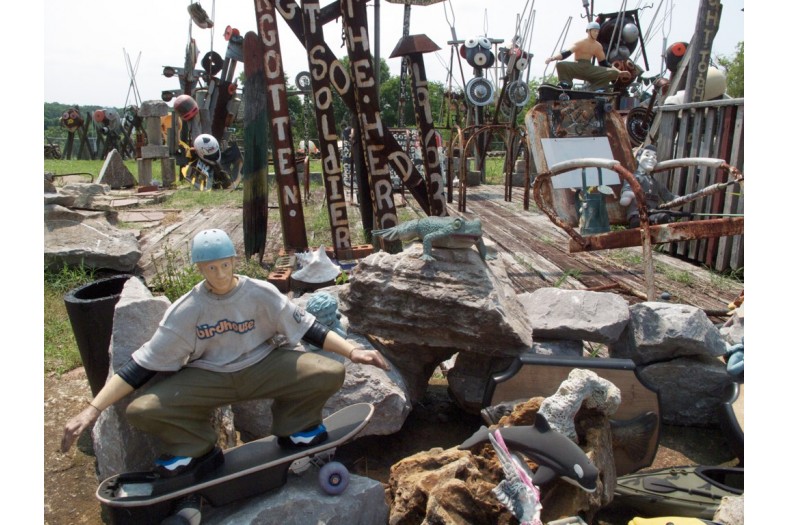
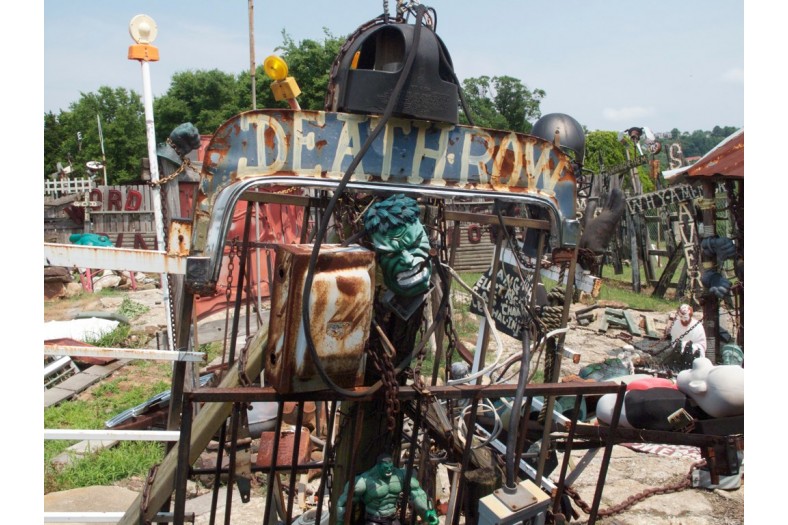
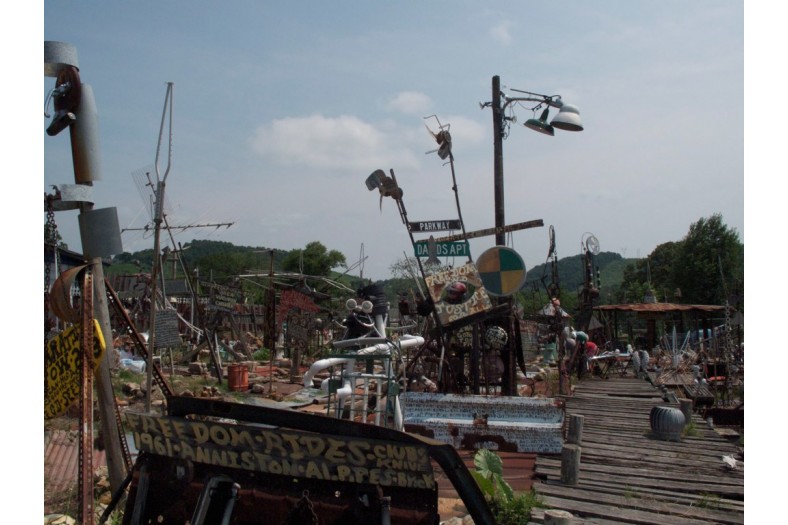
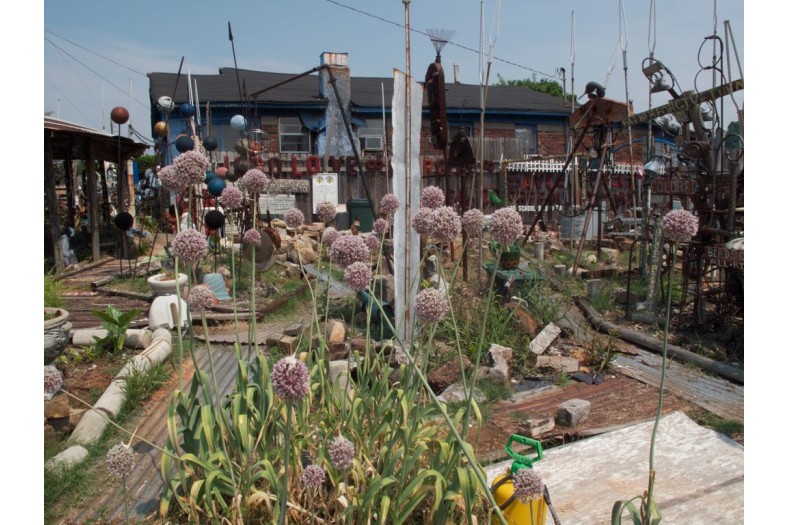
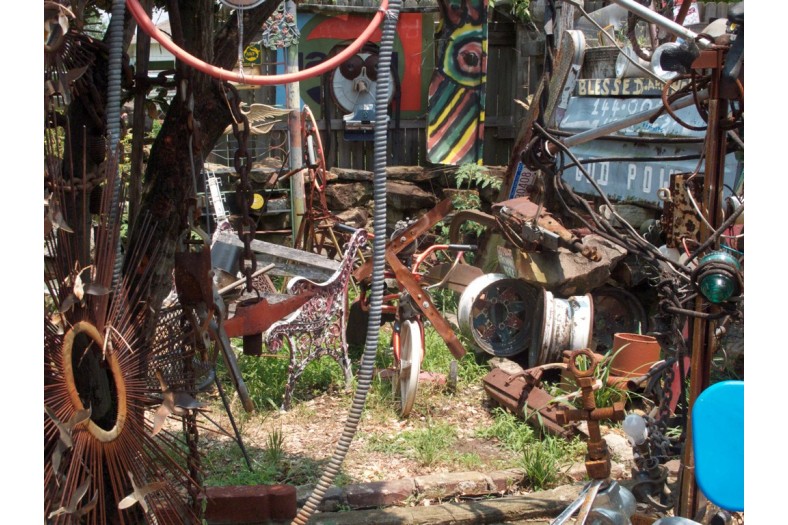
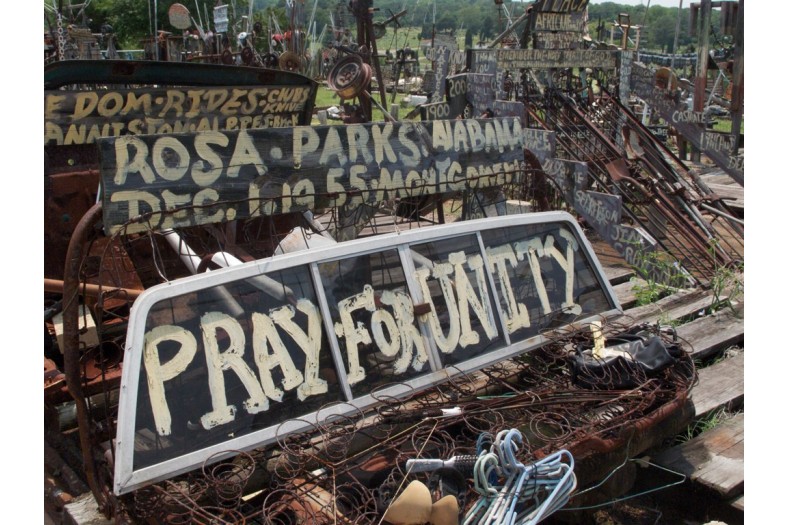
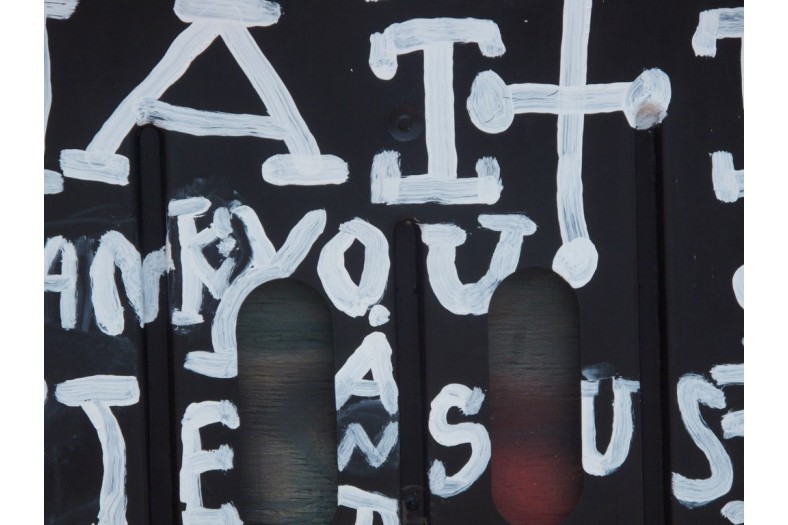
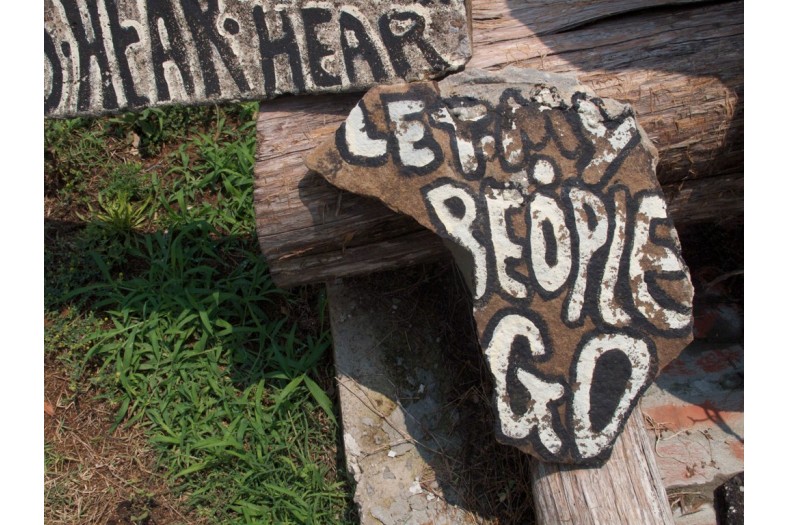
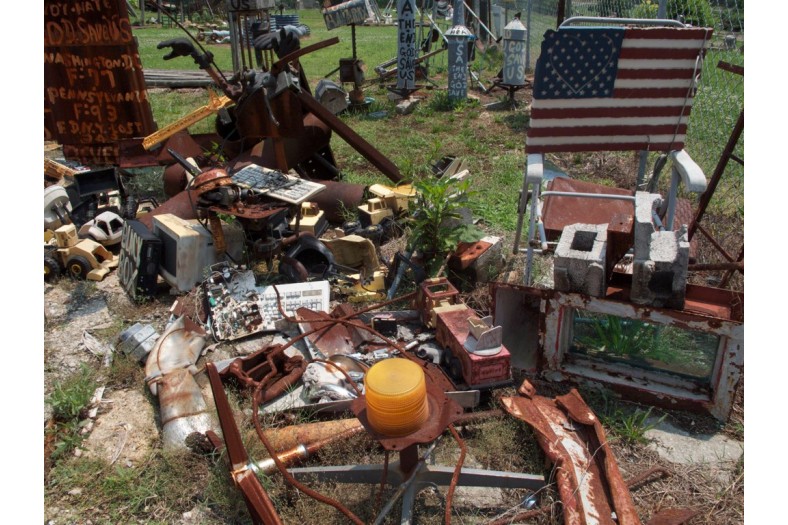
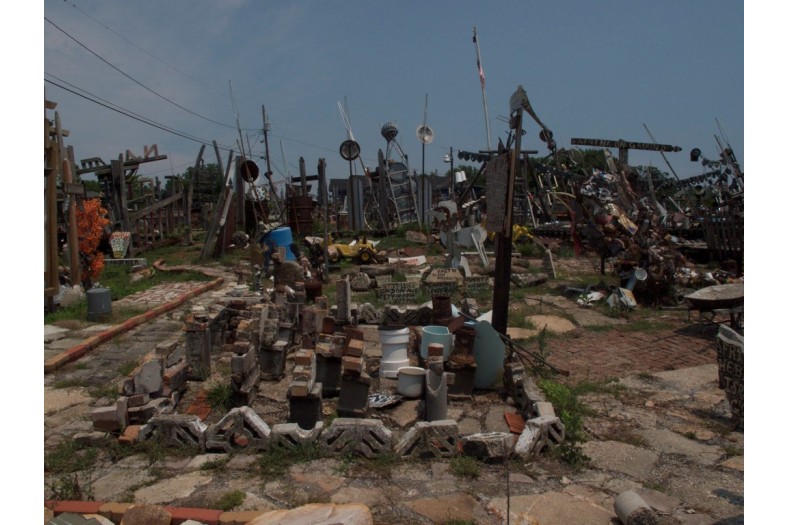
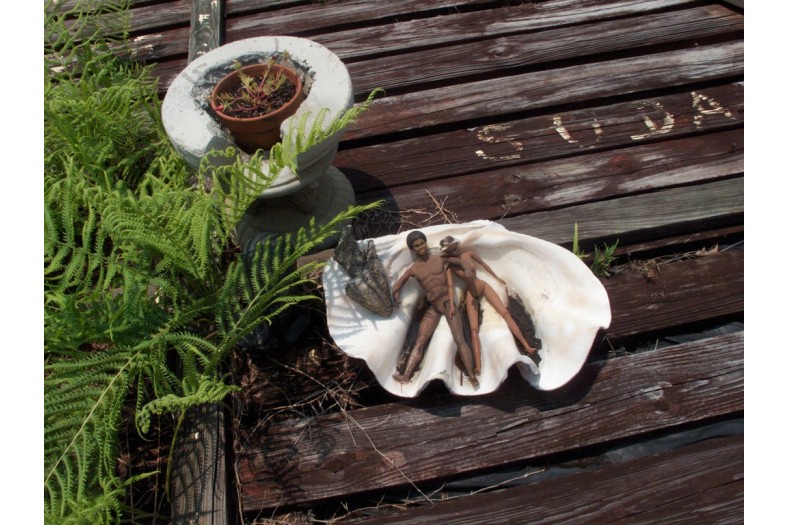
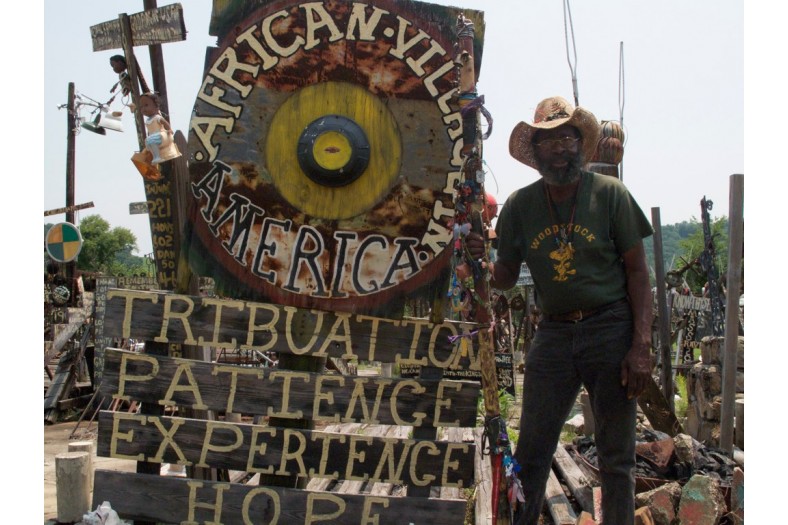
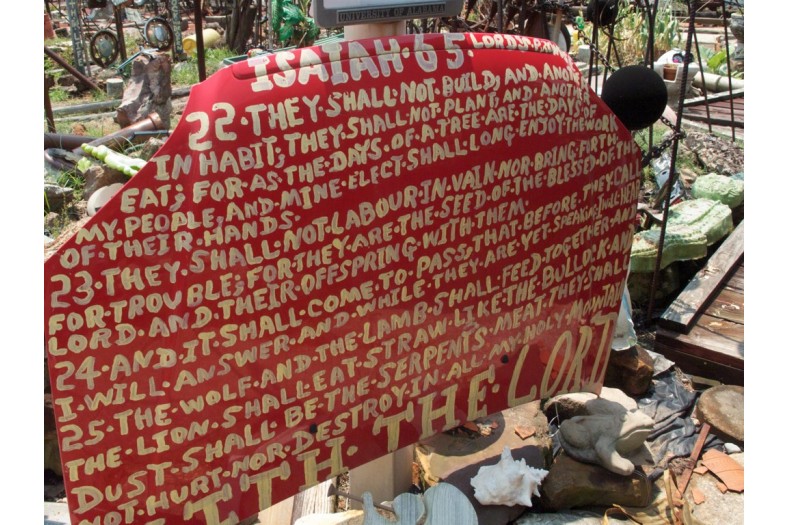
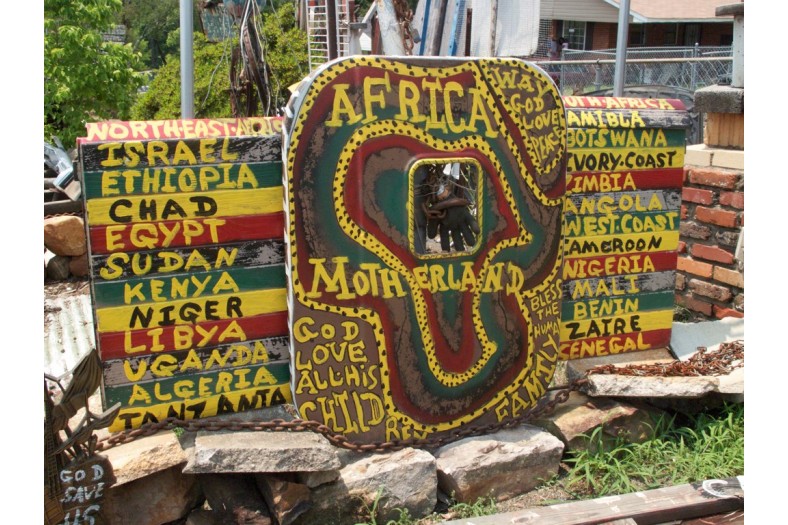
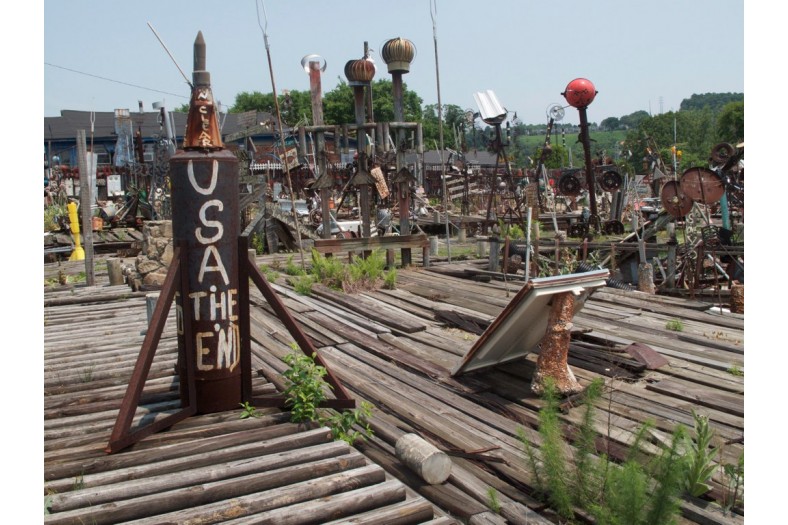
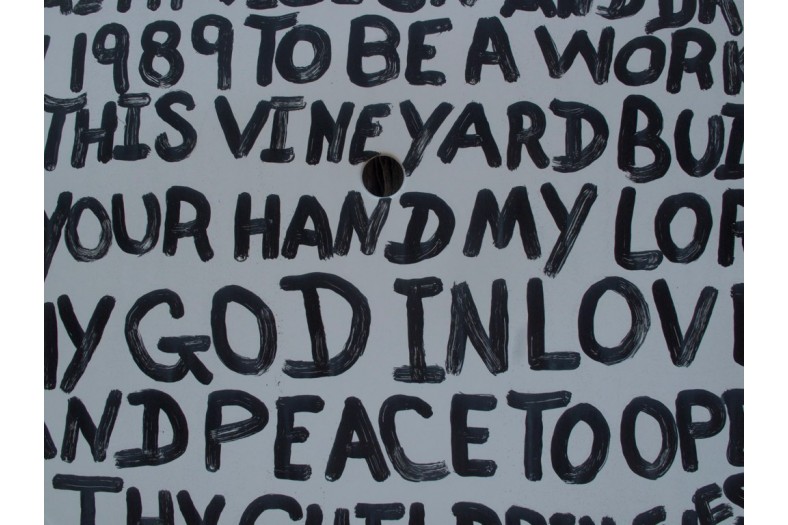
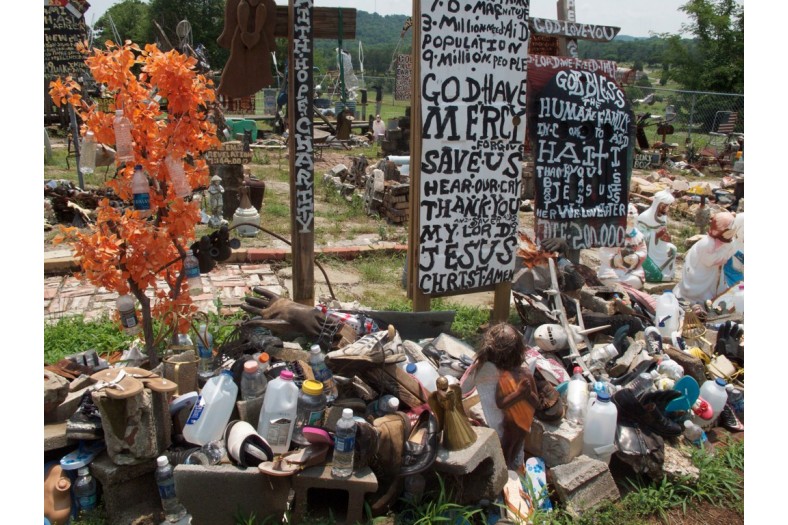
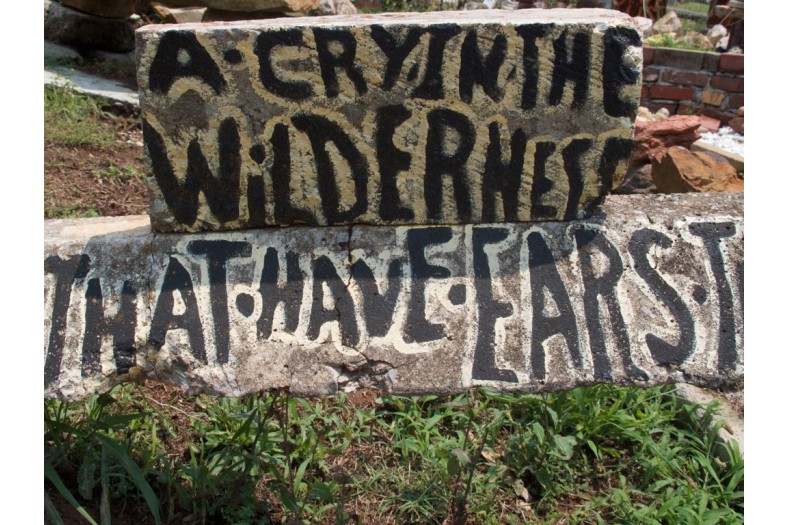
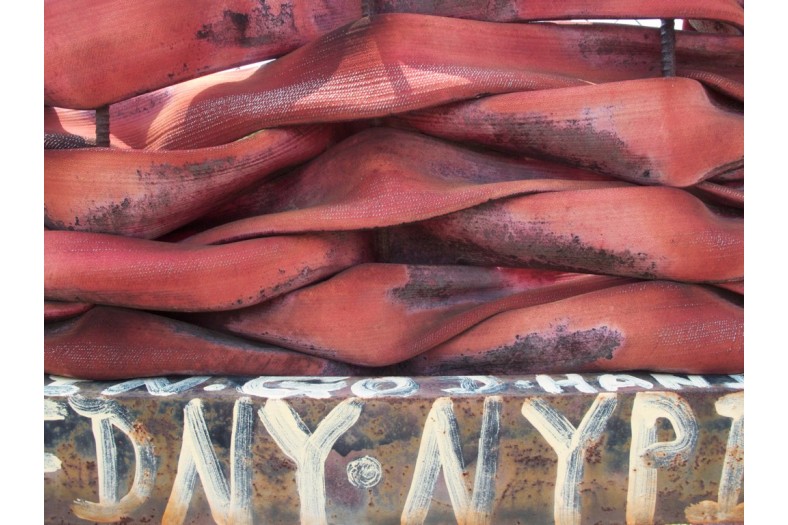
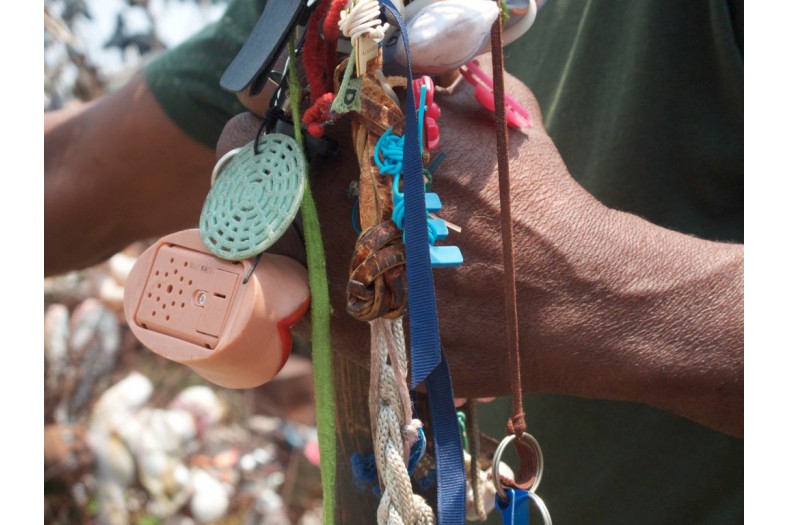
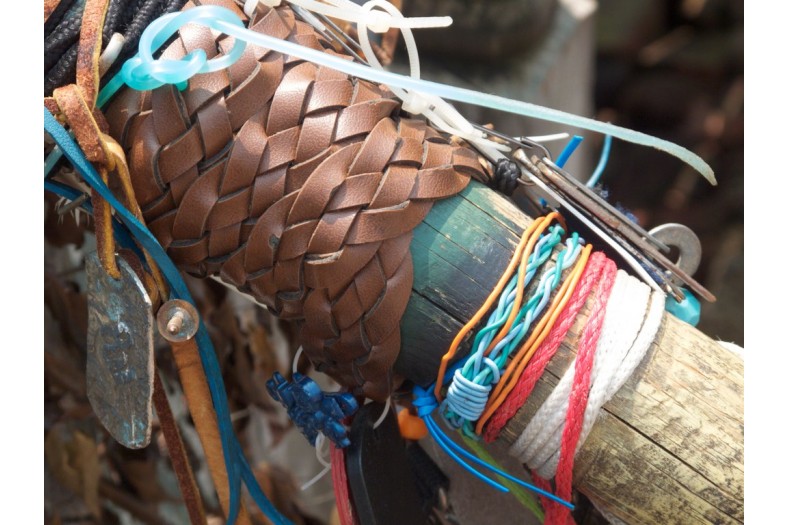
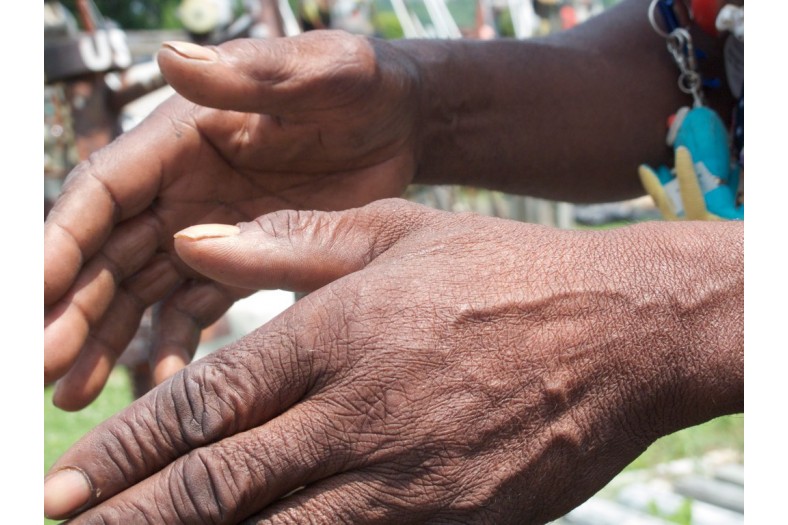
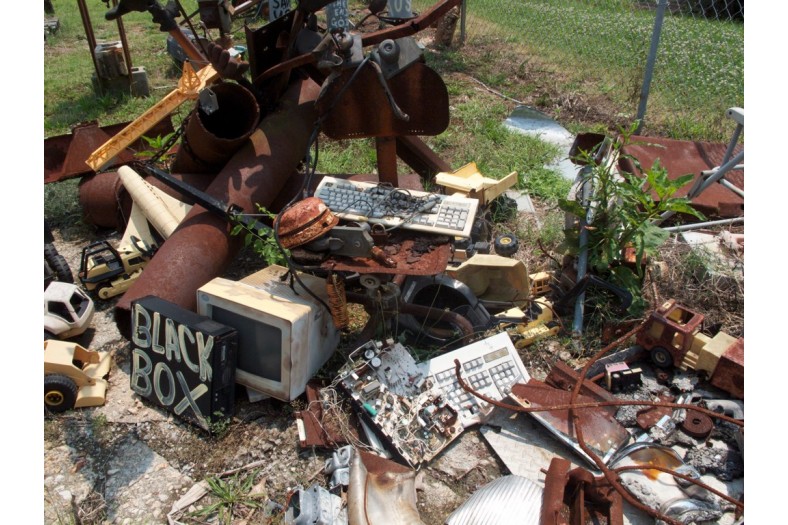
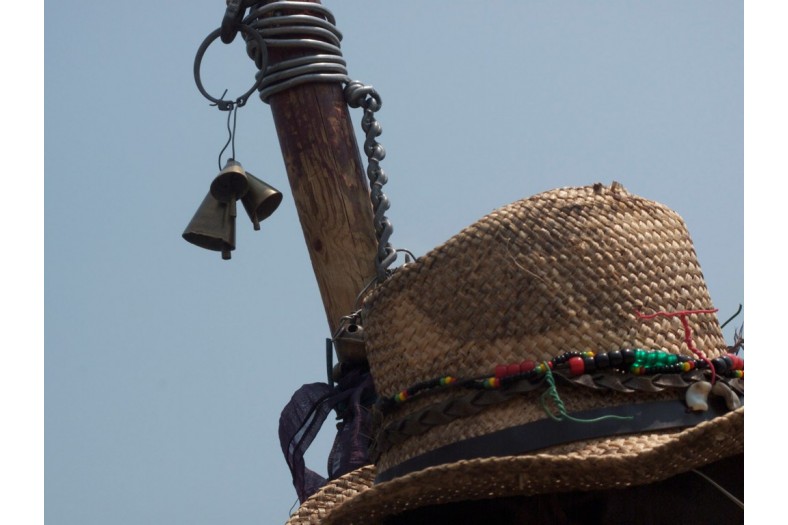
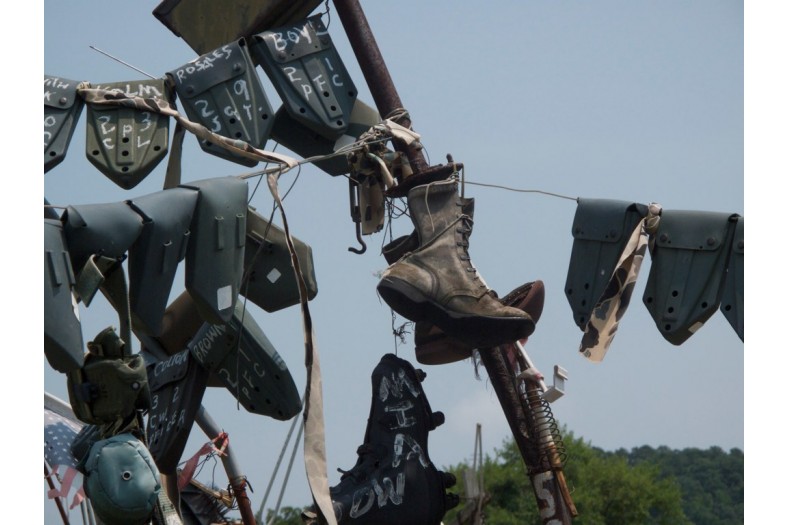
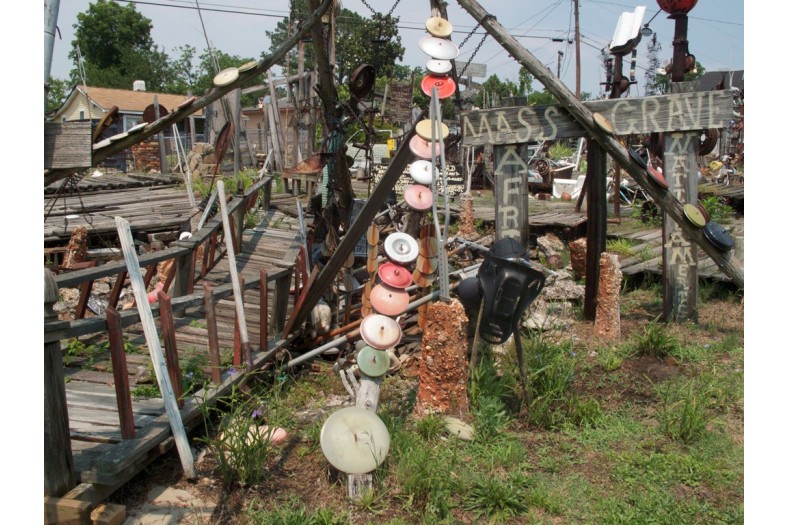
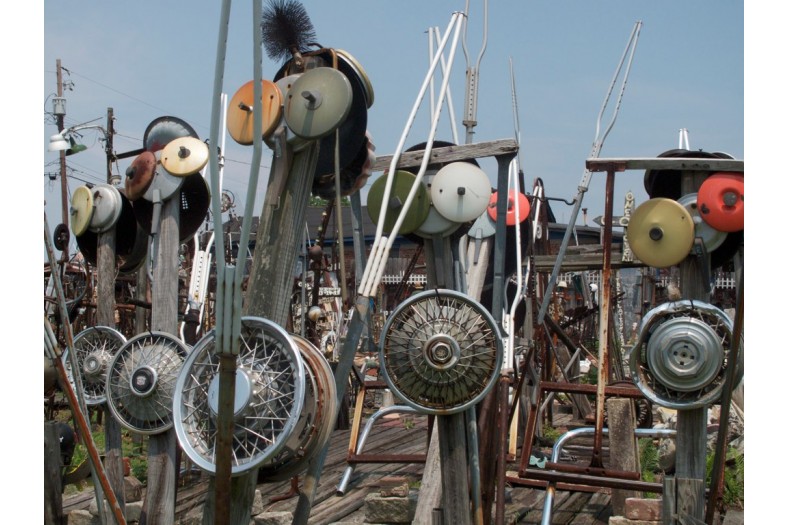
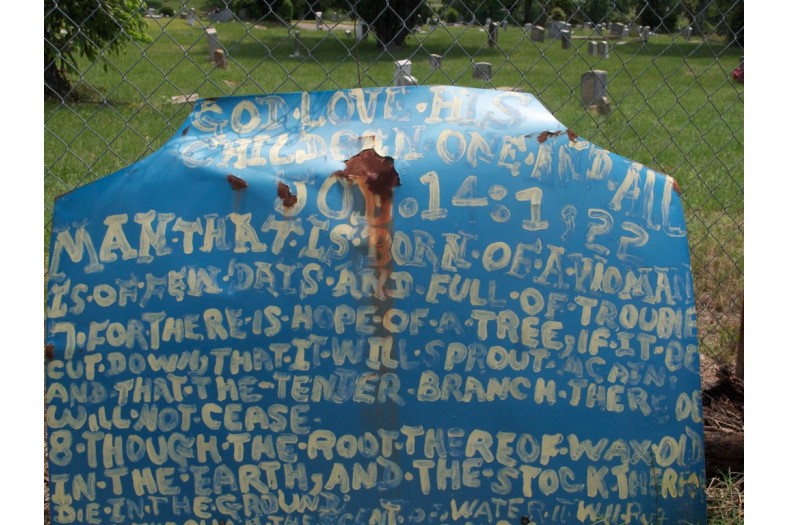
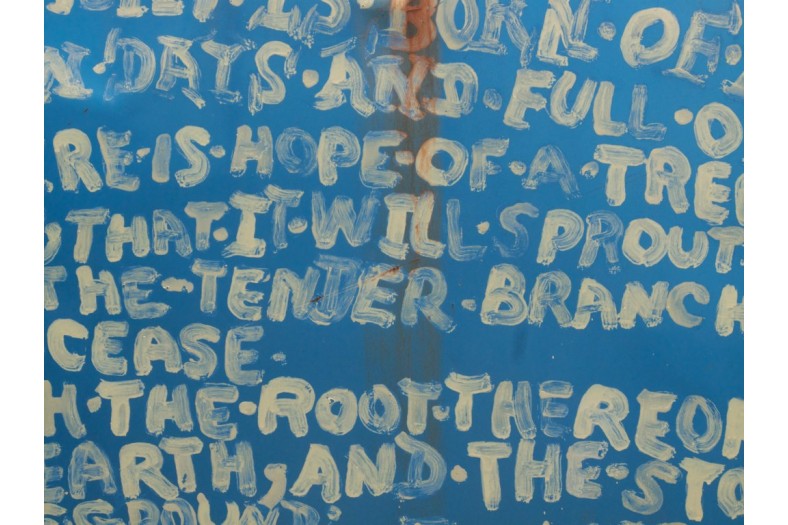
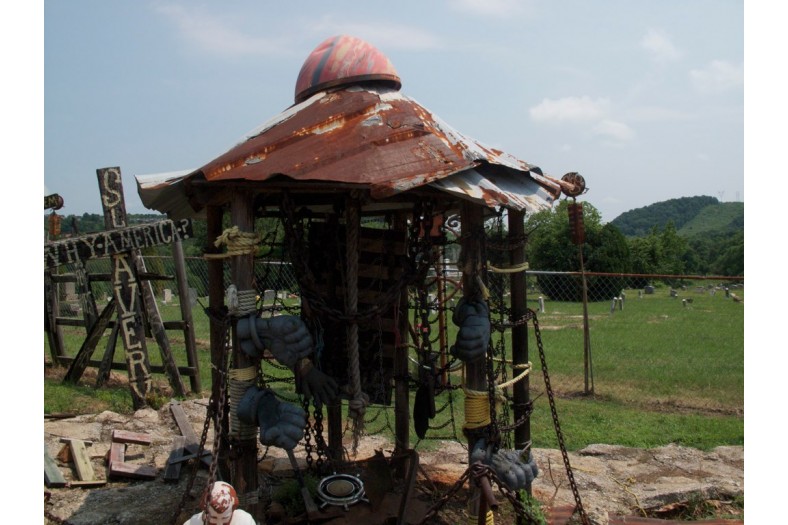
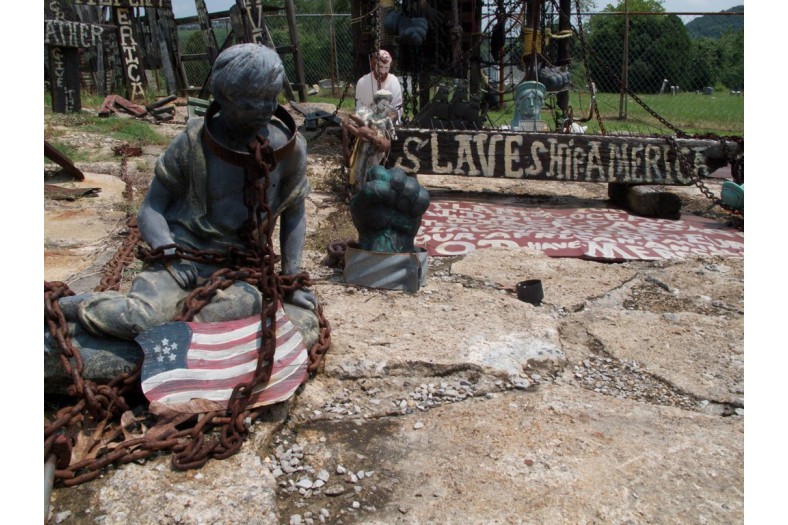
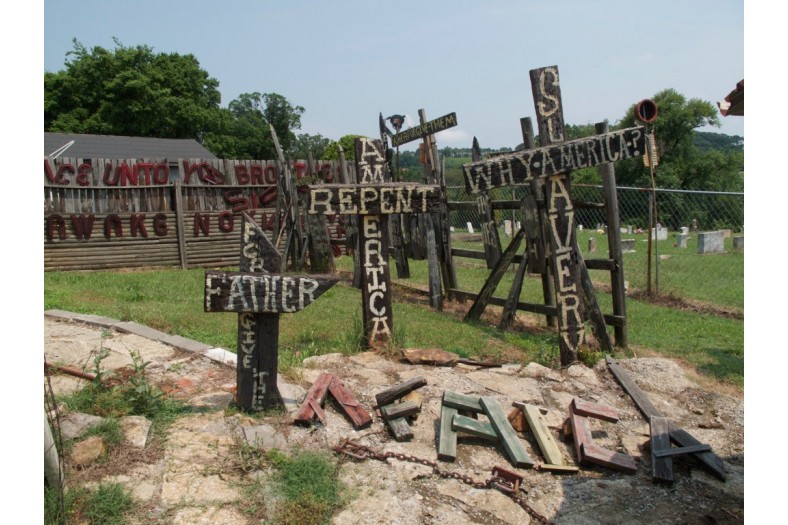
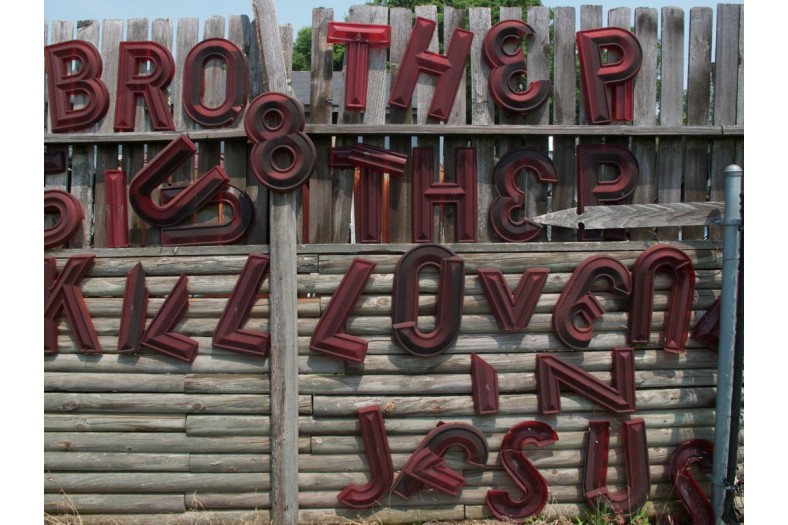
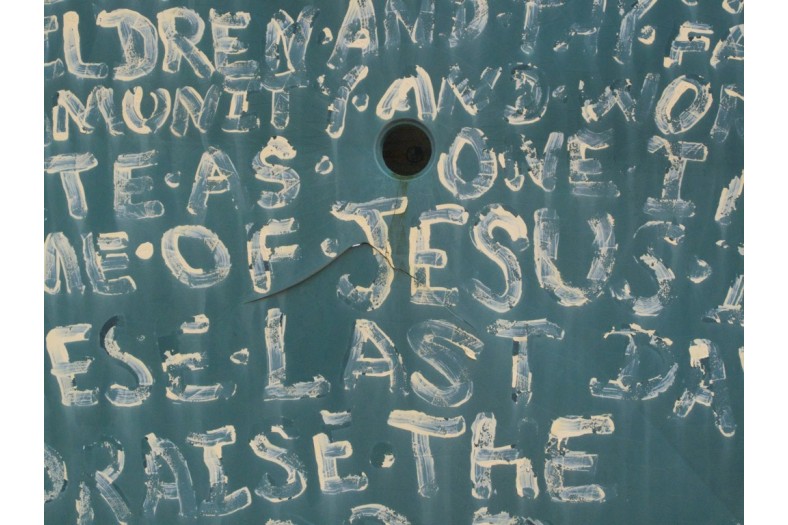
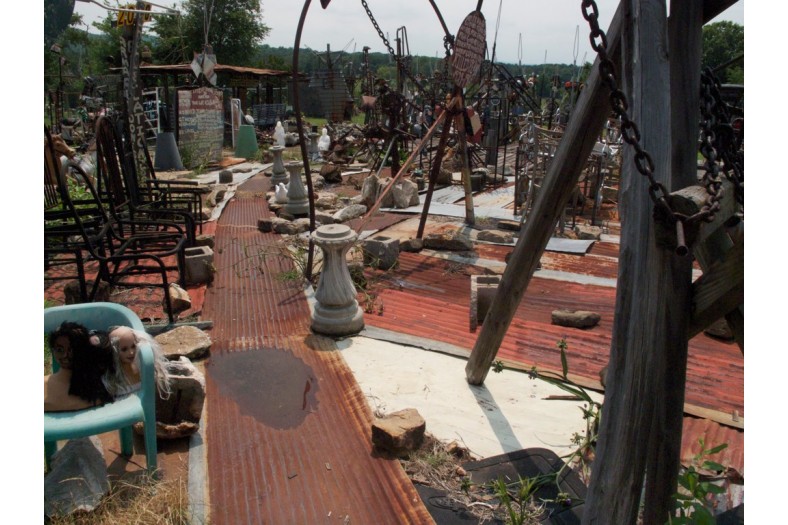
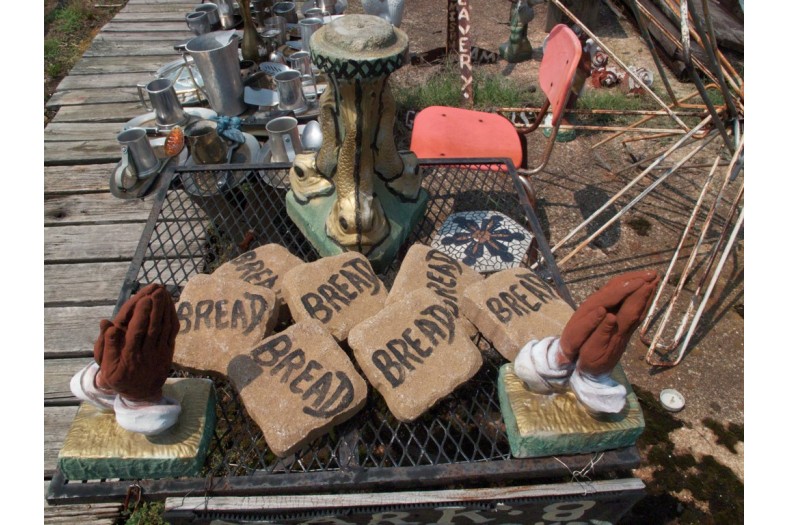
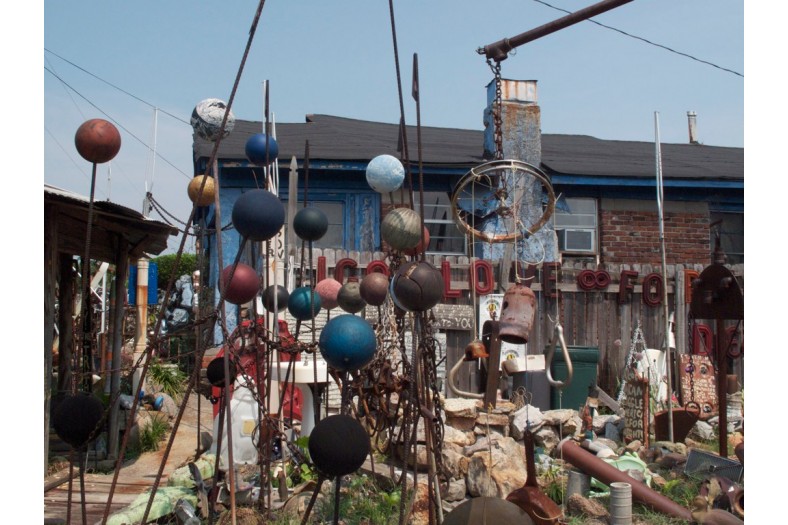
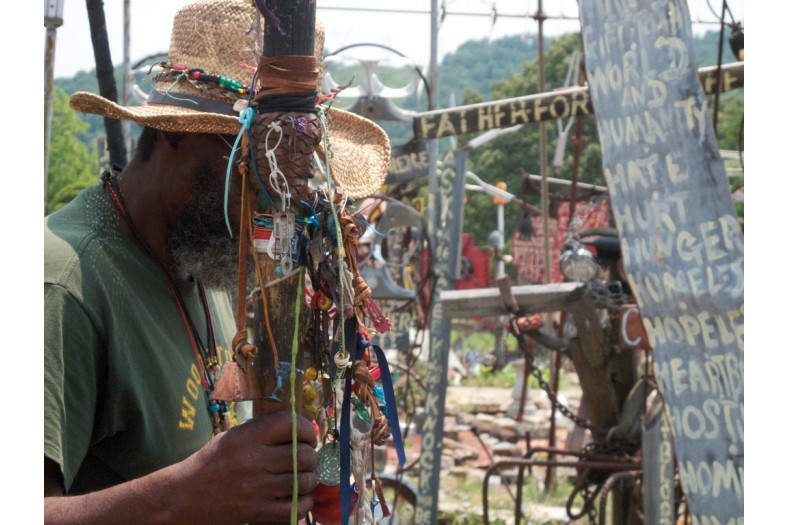
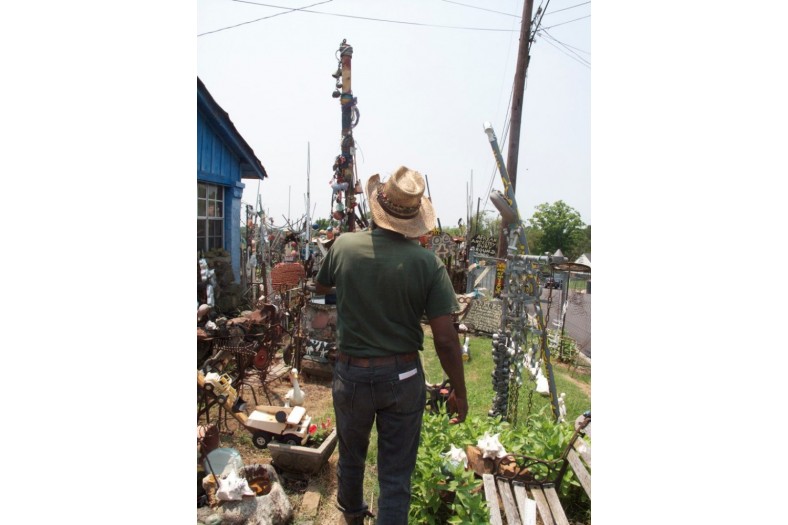
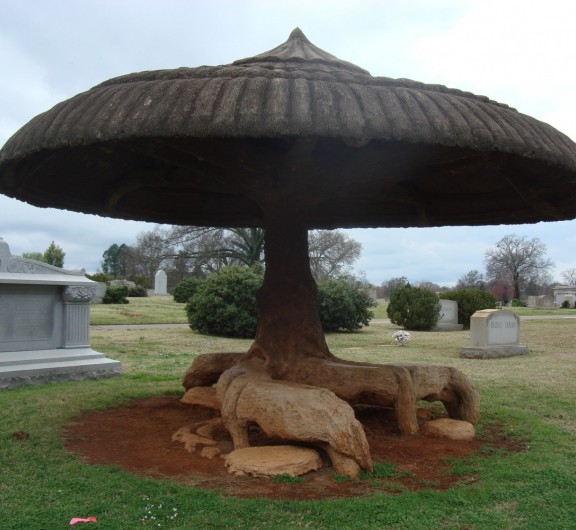
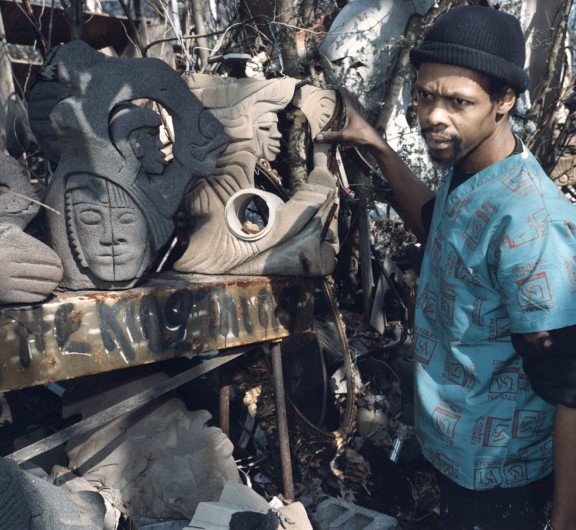
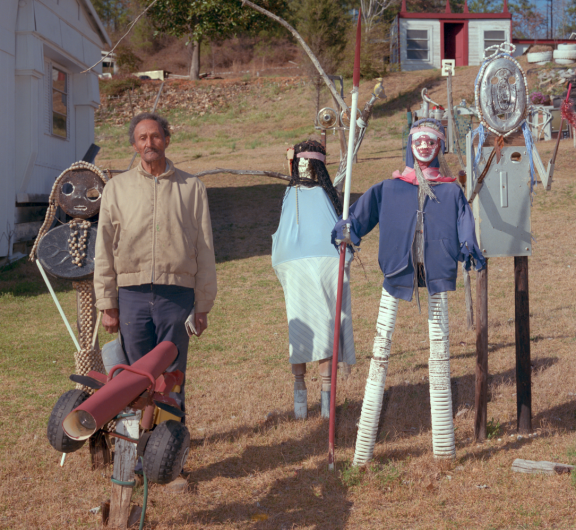


Post your comment
Comments
No one has commented on this page yet.